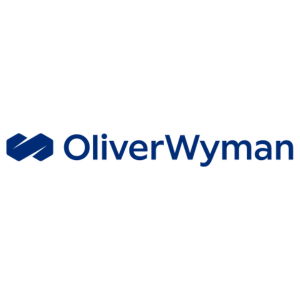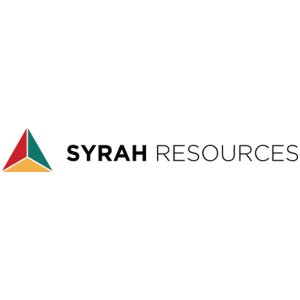Tom Butler, CEO, ICMM
 |
There has been a substantial increase in attention to the socio-economic and environmental impacts within the mining industry. Butler gives an overview of the emerging issues present, his views on changing the relationship between mining companies and host communities and what changes he would like to see within the industry.
Q: Can you give an overview of ICMM’s strategy?
Our vison is that ‘mining and metals is a respected industry, trusted to operate responsibly and contribute to sustainable development’. And we know that in order to achieve this, we need to collaborate with others to strengthen our social and environmental performance and get the message out there that mining can and should contribute to the sustainable development of local communities and society at large.
Our three-year strategy and action plan (2019 – 2021) has three areas of focus: 1) inspiring and enabling leadership in tackling the issues that matter most to society such as setting clear performance expectations and facilitating partnerships that support the delivery of the sustainable development agenda; 2) innovating for the future by driving a step-change in the way we design, build and operate mines to reduce waste, minimise carbon emissions, improve worker safety and contribute to the development of local communities through transformative partnerships; and 3) strengthening operational practices across areas such as biodiversity, responsible sourcing, water stewardship and human wellbeing.
Q: What are the current challenges the mining industry is facing at present?
At ICMM we track the trends and emerging issues represent the concern of our stakeholders. There are many issues that we track, but six areas of increasing concern over the last year: 1) concerns about the safety of tailings; 2) digitisation and the implications for the future of work, talent retention and preparing for this transition; 3) linked to this, concerns about the broader disruption caused by digitisation and new technology, with its implications for inequality; 4) concerns about the stewardship of scarce resources and the need to manage our footprint, including, perhaps most importantly, climate change; 5) increased expectations on business to respect and use leverage to address human rights, and concerns about adversarial community relations, driven by the rise of rights-based discourse; and 6) continued demands for greater transparency and accountability, extending beyond tax payments, to the ESG issues I mentioned above.
Q: How do you feel the industry is perceived globally? And do you believe there is scope to challenge these thoughts?
ICMM was founded in response to a number of crises in the 1990s, mostly environmental, which had put the reputation of the industry in jeopardy. At the time, we developed a robust set of principles, which over the years have been strengthened by the addition of policy position statements in response to society’s evolving expectations on specific issues.
Now, with the phenomenon of increased consumer awareness impacting many different industries, from agriculture to fashion, better access to information enables consumers to take a viewpoint on debates, if not always in a fully-informed manner. Societal expectations often extend beyond price and reliability, to responsible sourcing and production. The essential role of mining and metals to modern living is increasingly recognised, which means greater scrutiny on the mining industry.
We need to change the narrative around mining. Whilst it is undeniable that metals and minerals are critically important to the technology and infrastructure needed to achieve the Sustainable Development Goals, it is imperative that these natural resources are mined and used responsibly. The industry has a responsibility to support social progress in host communities and countries, and to protect the environment. In order to do this, we need to be able to demonstrate our performance against these fields.
The latest evolution of our membership requirements responds to this increasing need for transparency, by setting out comprehensive performance requirements across environmental, social and governance issues, that will be measured at the site level.
Q: One of the most challenging relationships within the industry is the one between mining companies and local communities, what should the industry be doing to combat this?
Essentially, trust is a key ingredient between mining companies and local communities. Local communities must trust the mining company to be responsible stewards of the environment, to follow through on social and economic commitments, and to ensure that the mine’s presence does not negatively impact their safety and health. Without trust, it is very difficult for a mining company to achieve its social license to operate – and greater transparency and accountability as well as considering and including the community at various stages of the mine life cycle is critical.
Q: With communities increasingly wanting to be more involved with local projects, how mindful are mining companies to the local community? Could the industry be doing more and improving on what is already implemented?
Engaging with communities is critically important for mining companies but can be complex and challenging. The quality of community relations can make or break a project. Obtaining and maintaining community support – or a company’s social licence to operate – is a key factor in the viability of any operation. Ernst & Young identified social licence to operate as the highest priority from its interviews with CEOs and other industry leaders on the top ten business risks facing mining and metals in the last two years.
Often, the most sustainable and beneficial legacies of community development programmes are those that support the upskilling or capacity-building of local people through training, employment and education. New technology will create significant change in the relationship between workers and mining companies, and we need to play our part in helping people in local communities acquire the skills needed to work in the ‘mine of the future’.
For mining companies and the communities in which they operate, this process is a journey not a destination. There will always be more to do, and community relations require constant attention and resource investment. But some best practice is nonetheless identifiable. ICMM has produced a range of guidance on community development, stakeholder engagement and strengthening community relations. And we have a continued focus on helping member companies to strengthen their community relations capacity by leveraging that guidance and by learning from each other.
Q: Given the increased attention to the socio-economic and environmental impacts mining has, how is ICMM strengthening this performance within the industry?
Apart from working with our members to enhance their performance as mentioned above, we are focussed on some priority areas where through deeper collaboration we hope to effect positive change. Examples include our short- and long-term work on tailings, not just to manage existing operations more safely but to see if we can accelerate progress towards the elimination of moisture in tailings, and ultimately to see if we can eliminate the need for tailings altogether. We are also engaging with mobile equipment suppliers to address issues related to safety, reduction of diesel particulate matter, and ultimately finding alternatives to hydrocarbon-based fuels.
Q: Finally, what changes within the mining industry would you like to see within the next 5 – 10 years
I would hope to see three things: (i) greater collaboration within the industry so as to maximise positive social impact – for example, we could collaborate better on developing skills, maximising local procurement, and sharing infrastructure; (ii) a more integrated and broader design approach that takes into account the existing economic, social and environmental landscape when we build our mines, which includes taking a structured and planned approach to closure and post-closure use; and (iii) and perhaps most importantly, less disasters and a continually improving safety record, so that we can rightfully claim our role, without any doubts being cast, as the responsible stewards who produce the mineral commodities that are essential to modern life.

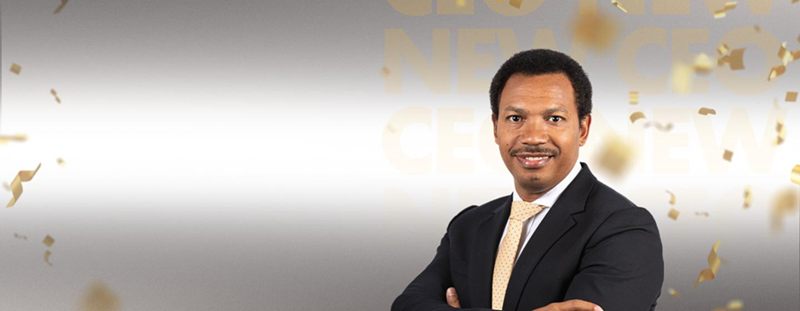
.jpg?ext=.jpg)

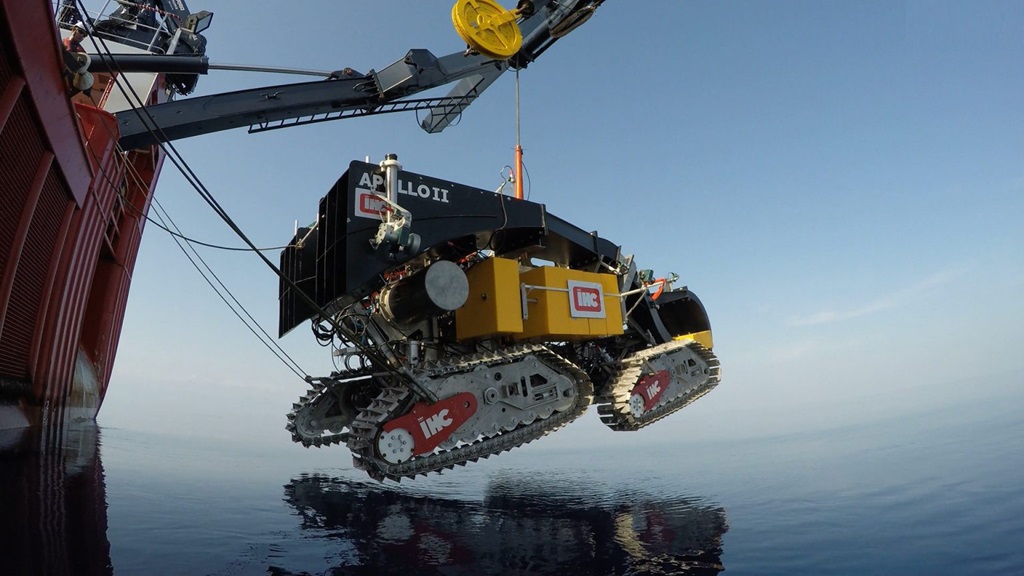
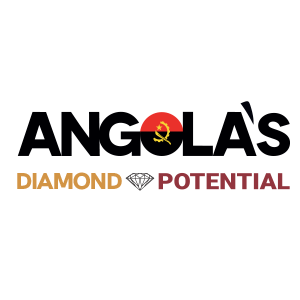

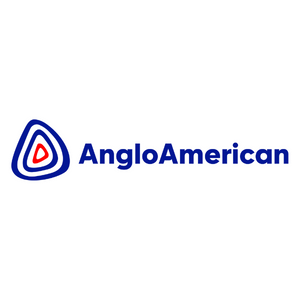

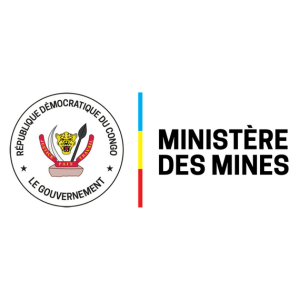
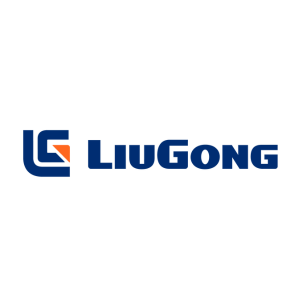


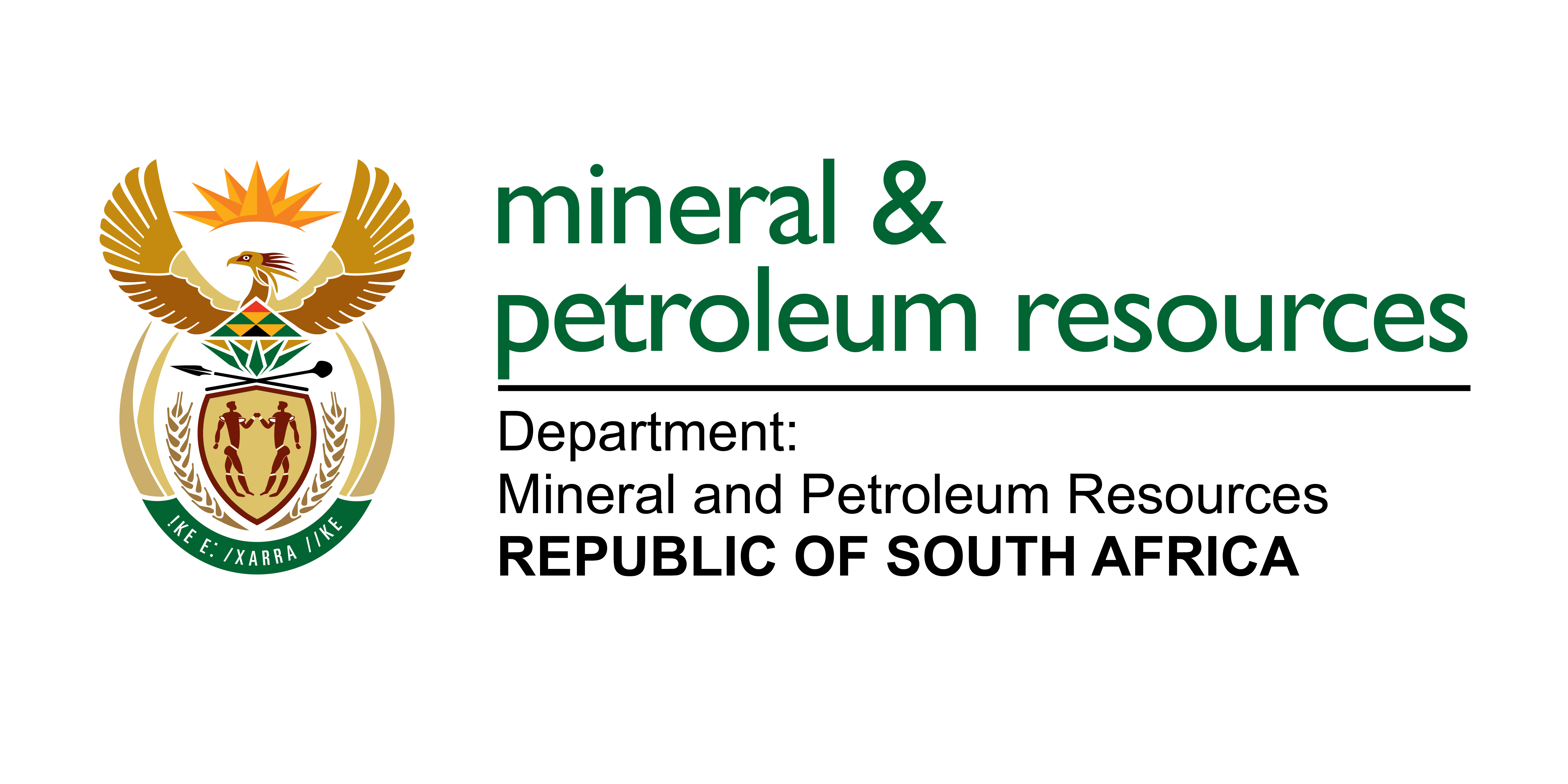-Logo_CMYK_1.jpg?width=1000&height=500&ext=.jpg)




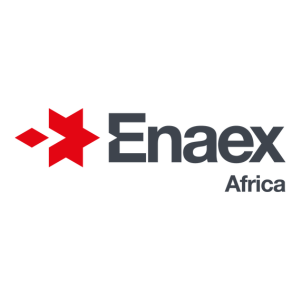


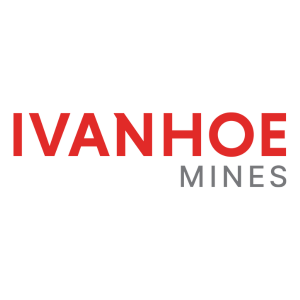
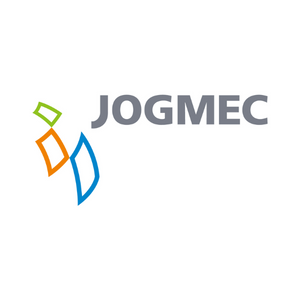

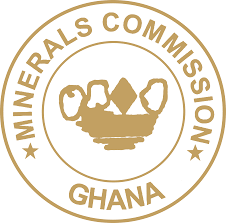
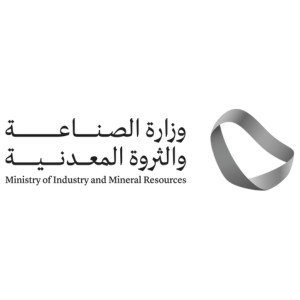
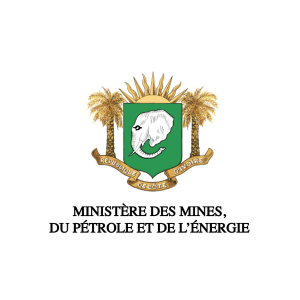
_1.png?ext=.png)
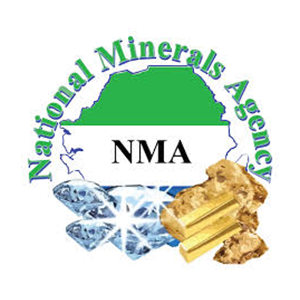

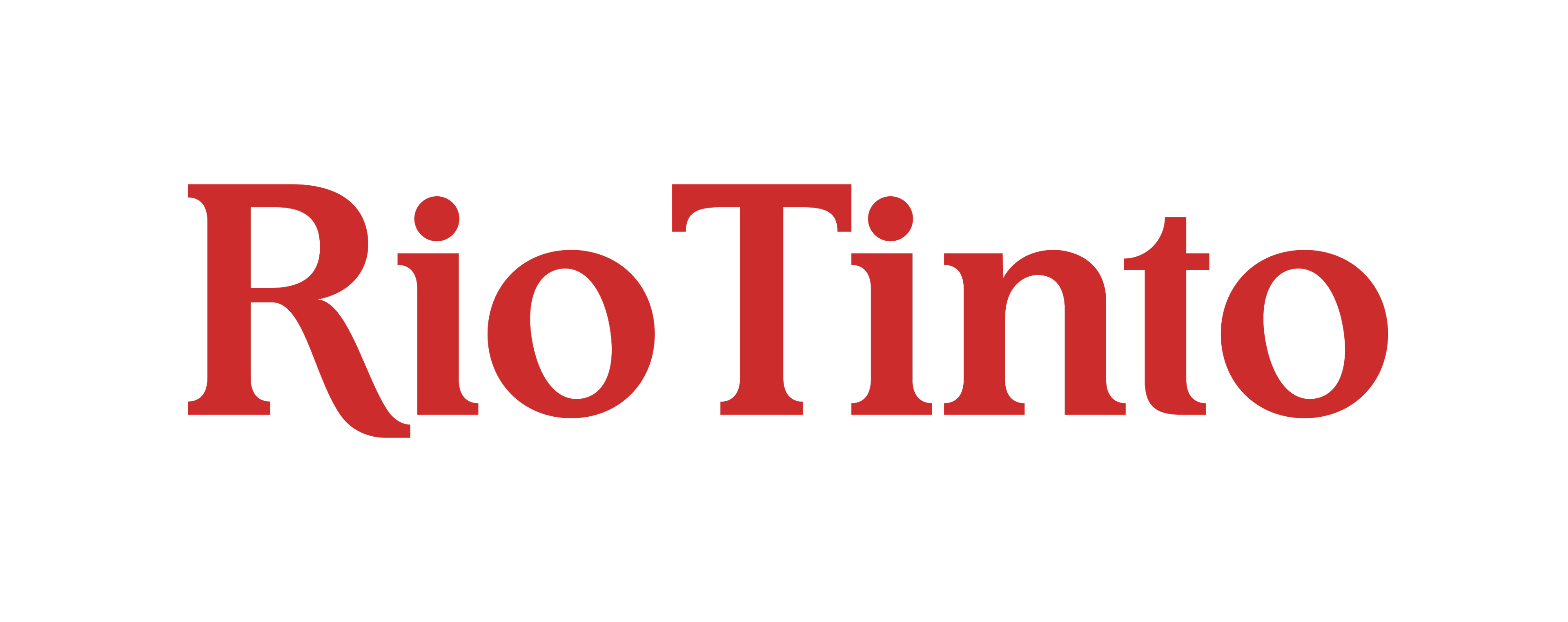



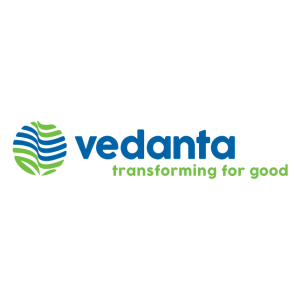


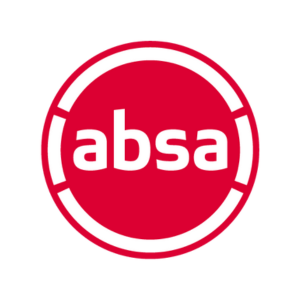

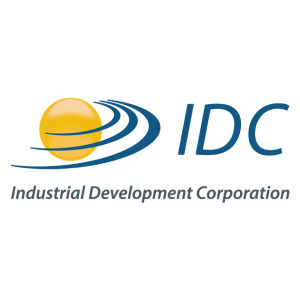




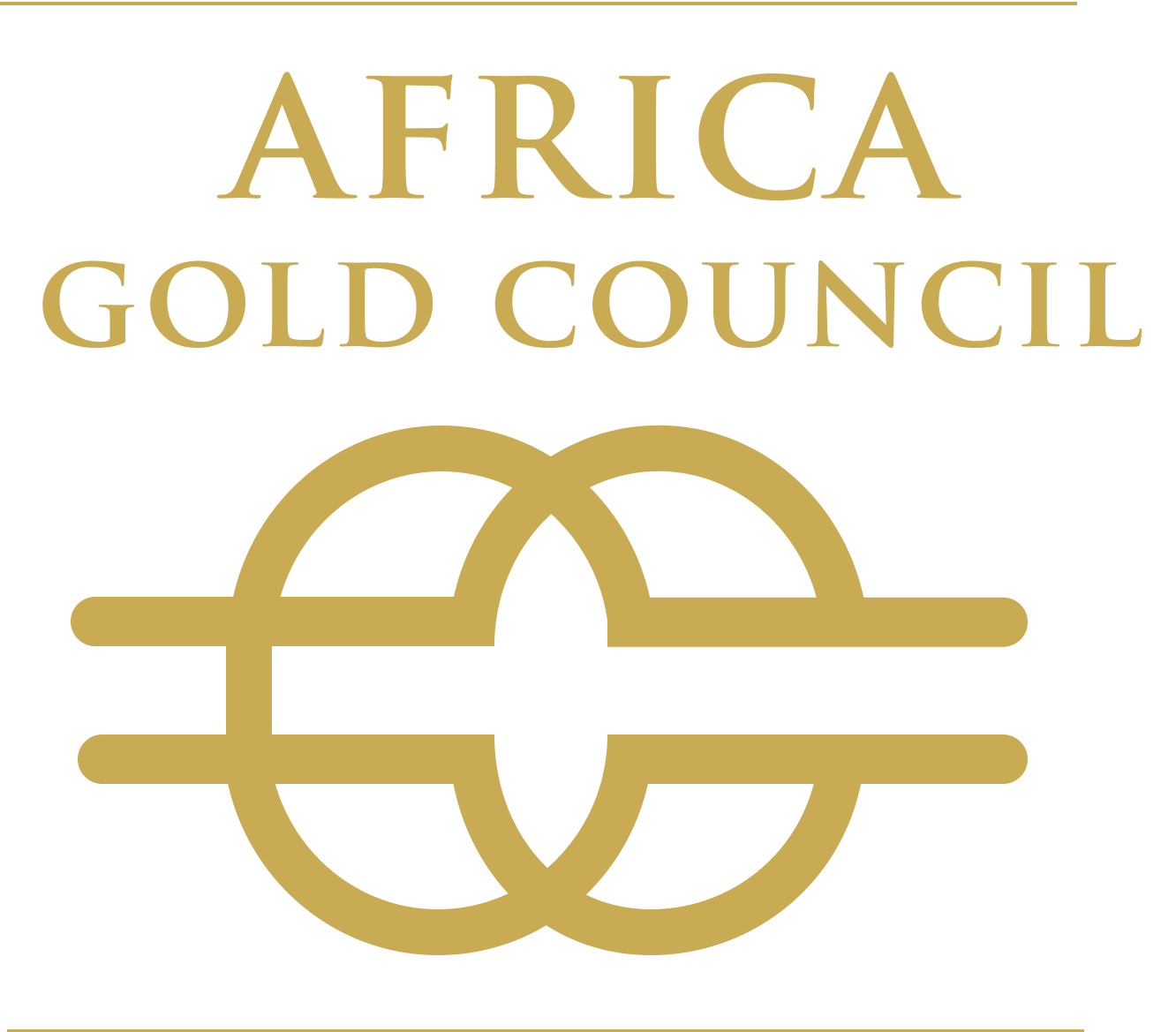

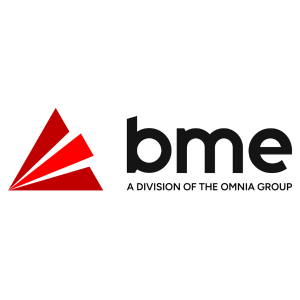


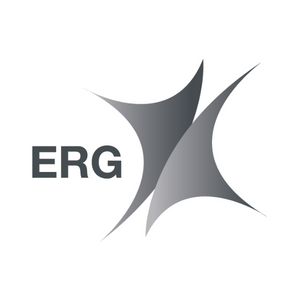


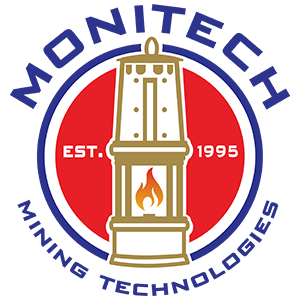
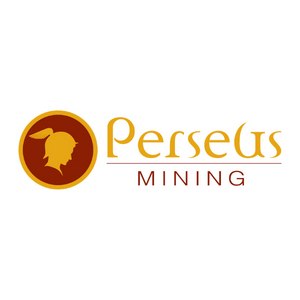


_mi25-weblogo.png?ext=.png)
